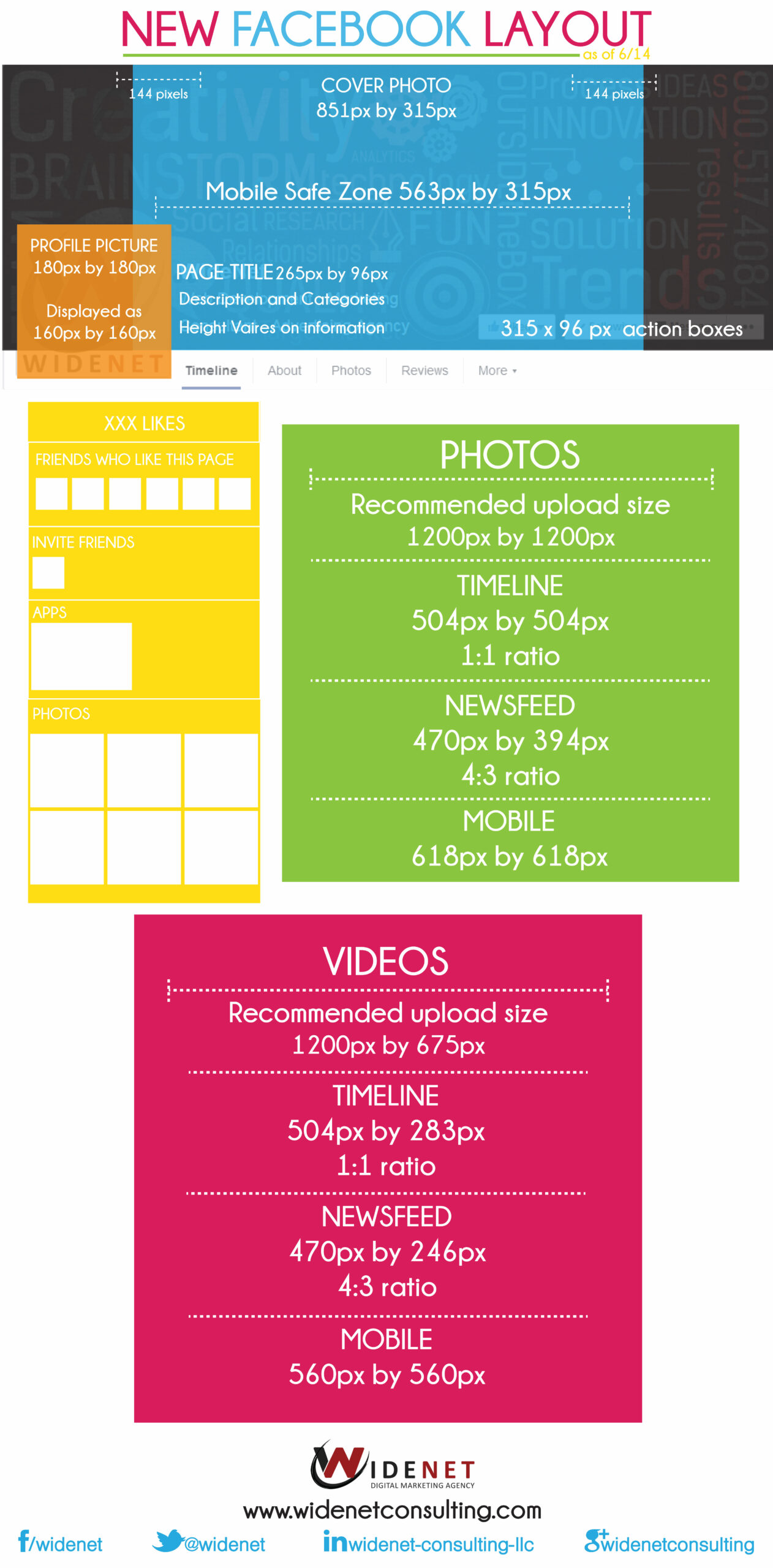There are over 1.23 billion monthly users on Facebook. That’s almost a quarter of the Earth’s population and more than any other social media site to date. With this massive online community, it’s easy to see why Facebook has become such a behemoth for online marketing. It is arguably the best social platform for attracting business to your website, and using it effectively can potentially grow your customer base by thousands, possibly even millions. Of course, the key phrase there is using it effectively, which is exactly what we discussed in our installment of WideNet U: Facebook Best Practices and Analytics. Facebook can be such a powerful tool, and while there is a science behind reaping its potential benefits, you don’t need a PhD to understand it.
Your First Impression is a Lasting Impression
 |
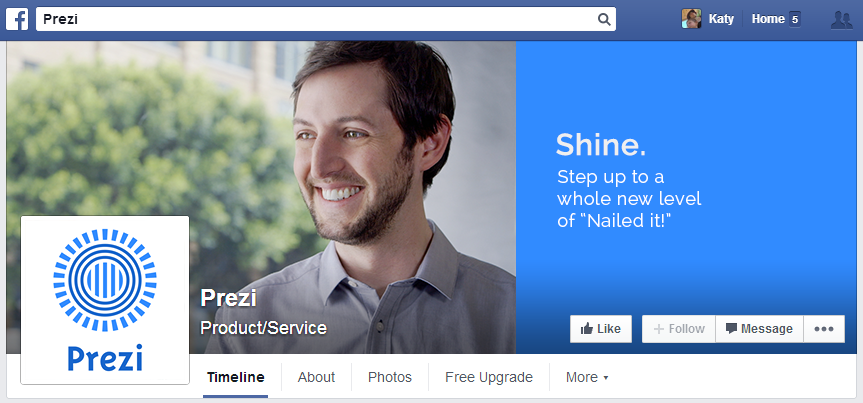 |
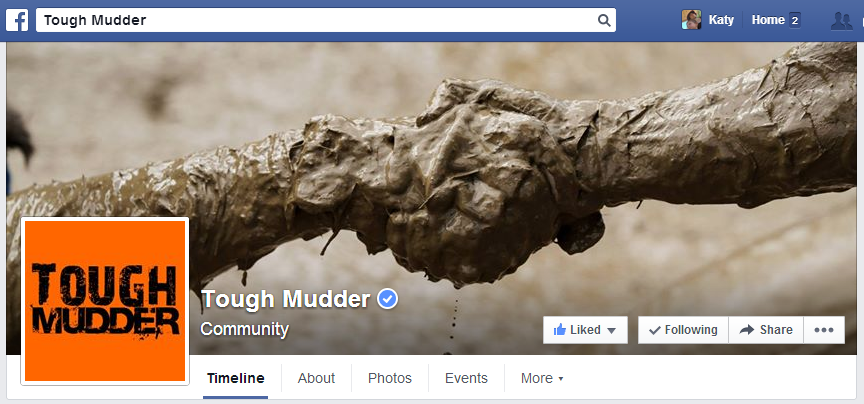 |
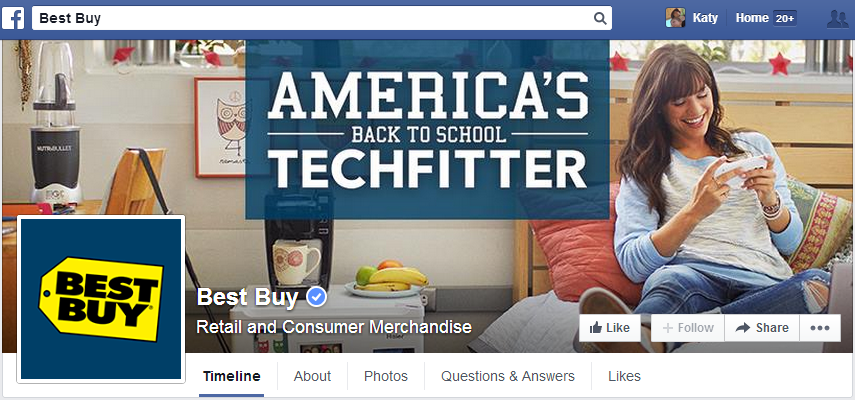 |
Your profile picture and cover photo are the first things that visitors see when they click on your Facebook page, so think of these images as bait, and hook them with a captivating photo that perfectly communicates your brand and your message. It’s important to keep your profile picture simple. Cramming too much in a small space can become distracting or off-putting. It needs to be straight forward, easy to recognize, and above all, it should always, always, always include your logo. Your cover photo, on the other hand, allows you a little more room for creativity and provides you with a great opportunity to say a lot about your business before a visitor even sees the rest of your profile. When putting together a cover photo, consider who you’re trying to reach, and tailor the image to that audience. If you’re selling summer attire to moms in their 30s and 40s, then a cover photo of college age girls partying at the beach isn’t going to be very effective. Give them something they can relate to. Let them see themselves in the picture. Images are powerful. They can say more about your business than any other medium. Don’t underestimate the impact they can have on potential customers.
Quality Content is Key
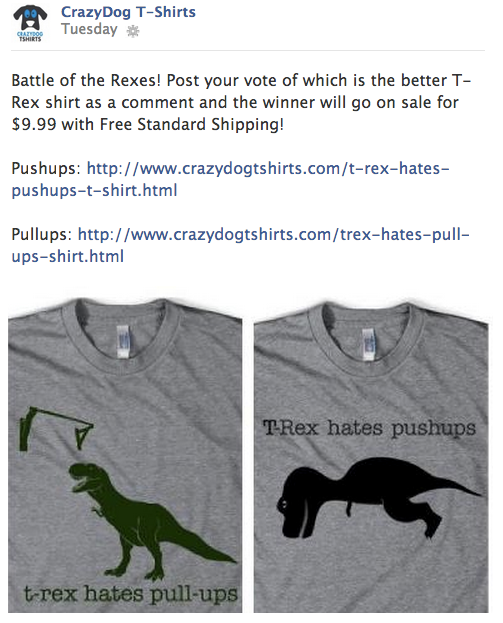 It’s important that you keep your page updated with fresh, informative content, but you have to be strategic. Post too little and people forget about you. Post too much and you’ll get flagged as spam. Whatever you do post, it needs to be solid, quality content that pushes people towards action. That means comments, sharing, and clicks. Remember, the ultimate goal here is engagement outside of Facebook. You don’t have to tell your whole story in one post; you just have to get people interested. That’s why graphic images and videos will always perform better than text. They immediately catch the user’s attention and put an idea in their head without overloading them with information. The accompanying text (and there does need to be some text) needs to be short, simple, and engaging enough so that the user wants to take action.
It’s important that you keep your page updated with fresh, informative content, but you have to be strategic. Post too little and people forget about you. Post too much and you’ll get flagged as spam. Whatever you do post, it needs to be solid, quality content that pushes people towards action. That means comments, sharing, and clicks. Remember, the ultimate goal here is engagement outside of Facebook. You don’t have to tell your whole story in one post; you just have to get people interested. That’s why graphic images and videos will always perform better than text. They immediately catch the user’s attention and put an idea in their head without overloading them with information. The accompanying text (and there does need to be some text) needs to be short, simple, and engaging enough so that the user wants to take action.
Paid Ads and Analytics
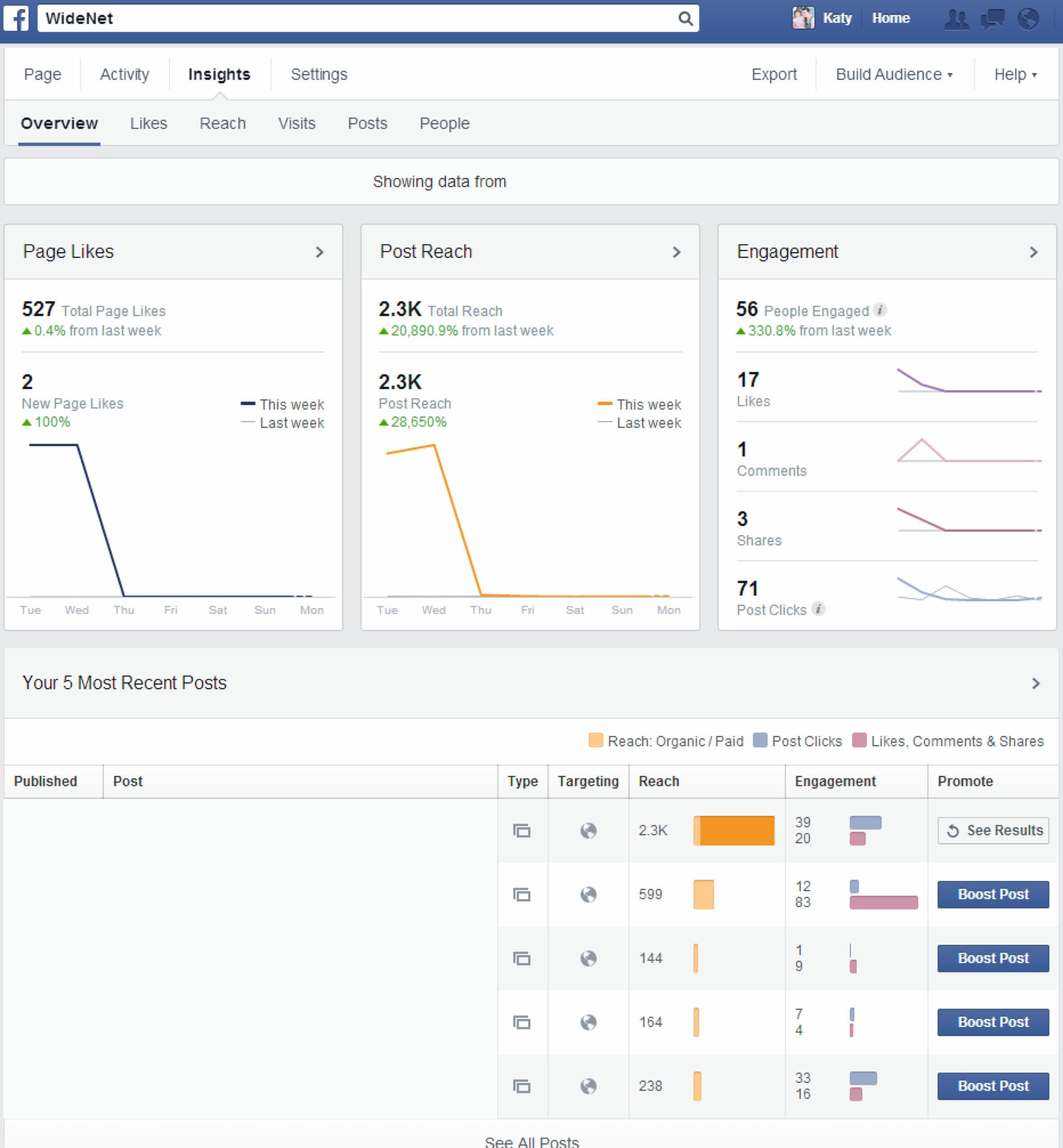 Still, the most intriguing, captivating content is worthless if no one can see it. If you really want to stand out on Facebook, you’re probably going to have to spend a little money, but trust us, it’s a worthwhile investment. Facebook’s paid advertising platform allows you to boost your content so that it’s seen by as many people as possible. More importantly, you can have it seen by the right people. Thanks to the swaths of personal information provided by its users, Facebook lets you tailor your content to your exact target demographic, allowing you to filter by age, sex, location, interests, religion, marital status, or even political affiliation. The way it works is actually pretty simple. You set a budget and then decide what you want to pay for: impressions, clicks, conversions, app engagements, or event responses. You can set the campaign to run for a certain amount of time, or until your budget runs out. Either way, you control exactly how much you spend and how long your paid promotion lasts. Once a campaign is underway, you can track its effectiveness through Facebook’s built in analytical software. This gives you a breakdown of your campaign’s performance and allows you to adjust accordingly.
Still, the most intriguing, captivating content is worthless if no one can see it. If you really want to stand out on Facebook, you’re probably going to have to spend a little money, but trust us, it’s a worthwhile investment. Facebook’s paid advertising platform allows you to boost your content so that it’s seen by as many people as possible. More importantly, you can have it seen by the right people. Thanks to the swaths of personal information provided by its users, Facebook lets you tailor your content to your exact target demographic, allowing you to filter by age, sex, location, interests, religion, marital status, or even political affiliation. The way it works is actually pretty simple. You set a budget and then decide what you want to pay for: impressions, clicks, conversions, app engagements, or event responses. You can set the campaign to run for a certain amount of time, or until your budget runs out. Either way, you control exactly how much you spend and how long your paid promotion lasts. Once a campaign is underway, you can track its effectiveness through Facebook’s built in analytical software. This gives you a breakdown of your campaign’s performance and allows you to adjust accordingly.
Engaging Your Audience
One of the big positives that Facebook brings to the table is that it allows your business to interact with consumers on their level. You can directly communicate with your audience, field questions, and respond to commentary all in a native environment. While this can be fantastic for customer relations, the possibility does exist for some negative consequences, and it’s important that you know how to handle them. Your Facebook page is an open door for commentary, some of which can range from simply critical to downright nasty. Managing negative feedback can be a headache at times, but there are some steps you can take to contain it.
First and foremost, make sure the content that you’re posting doesn’t leave you open for attacks. Be relevant, use correct grammar, and never insult your audience. At the same time, when you do receive negative commentary, handle it professionally. Respond quickly, but not emotionally. Don’t delete any comments unless it’s obviously offensive or distasteful, and if you find yourself in the wrong, own up to it. Admit your mistake, and find out what you can do to make it better. Taking the time to go the extra mile for an unhappy customer can actually turn a negative situation into a positive one. Above all, remember that it will pass. Criticism comes and goes, and you simply can’t please everyone. Just be prepared to handle it in the best way possible. If you want to watch the whole WideNet U: Facebook Best Practices and Analytics presentation, just follow the link here.
